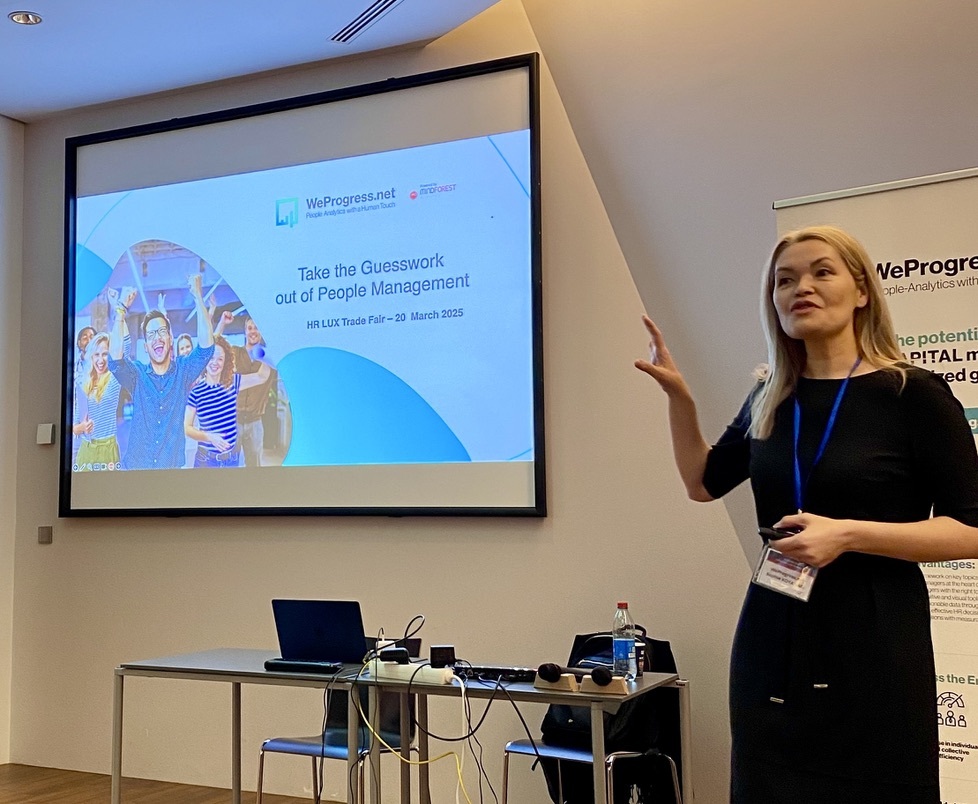Has Agile failed?
The wrong assumptions may cause the methodology to fail from the beginning
Firstly, organisations might neglect the impact that switching to an agile methodology brings along. The decision whether to adopt an agile working method as a company should be thoroughly thought through. What advantages can the individual business units gain from this? Are our processes and procedures too entrenched for the change to pay off? Determining the company’s ambitions is key whilst assessing its organisational structure, as all too frequently an Agile approach doesn’t succeed, simply because the company’s needs are based on inaccurate assumptions.
MindForest attaches the utmost importance to setting expectations correctly right from the outset. In all projects, a mix of top-down and bottom-up approaches is used, in order to ensure the company’s ambition is accurately and unambiguously defined.
An important aspect of managing change is making people understand why the transformation is happening; this facilitates a smoother transition to adhere to change.
Switching to Agile is a change of habits
“Failure is success if we learn from it”
Malcolm Forbes
Poor communication is still the primary contributor to project failure.
Adopting new rituals goes hand in hand with harmonising communication habits. A particularly positive aspect of agile approaches concerns the increased exchange between employees. This privileges a transversal collaboration approach which helps to discard silo working. More frequent feedback rounds are essential to push the agenda of a continuous optimisation approach; in this way taking quick action enables the company to optimise as quickly as possible.
MindForest advocates the implementation of a communication plan for any change project, to ensure that employees are well informed about project milestones and the impact they will bring. In addition, employees should always be given the chance to ask specific questions about the project. This gives everyone the feeling of being actively integrated in the feedback loop and can help to identify certain risks at an early stage.
Rapid decision making as a key enabler
Rapid decision making enables a faster response to imminent threats, such as we have witnessed during the COVID-19 pandemic.
Business models have to be altered rapidly in order to react to external events. As a result, a leading supermarket chain could benefit from short decision-making paths to best adapt to the challenges caused by the sanitary crisis.
MindForest frequently redefines together with its clients their roles and responsibilities, since a common understanding of one’s duties helps to escalate and prioritise sensitive decisions. In order to innovate, companies may need to rethink their internal organisation to align their decision making and not miss out on promising opportunities.
"It is safe to say that agile is not meant for everyone."
Tom Reuland, Senior Consultant
However, this is often not due to the methodology itself, but much more to the company’s expectations. Working in an agile way is only a means to an end and should never be the main objective. Nonetheless, it is advisable to think about certain components of the agile manifesto: frequent communication, employees being granted greater responsibility, equal distribution of tasks and quick decision-making benefit most organisations.
Let us help you!
WANT TO RECEIVE OUR LATEST THOUGHT LEADERSHIP CONTENT?
Related posts
 Take the Guesswork out of People Management
Take the Guesswork out of People Management
 From processes to people: achieving quality
From processes to people: achieving quality
 Daring to lead Positive Transformation: What if Positive Emotional Capital was your key to sustainable change?
Daring to lead Positive Transformation: What if Positive Emotional Capital was your key to sustainable change?
 Why hire Change management professionals? We can do it alone!
Why hire Change management professionals? We can do it alone!
 Digital Transformation and Change Management: Lessons shared in an event hosted by Cebi and MindForest
Digital Transformation and Change Management: Lessons shared in an event hosted by Cebi and MindForest



